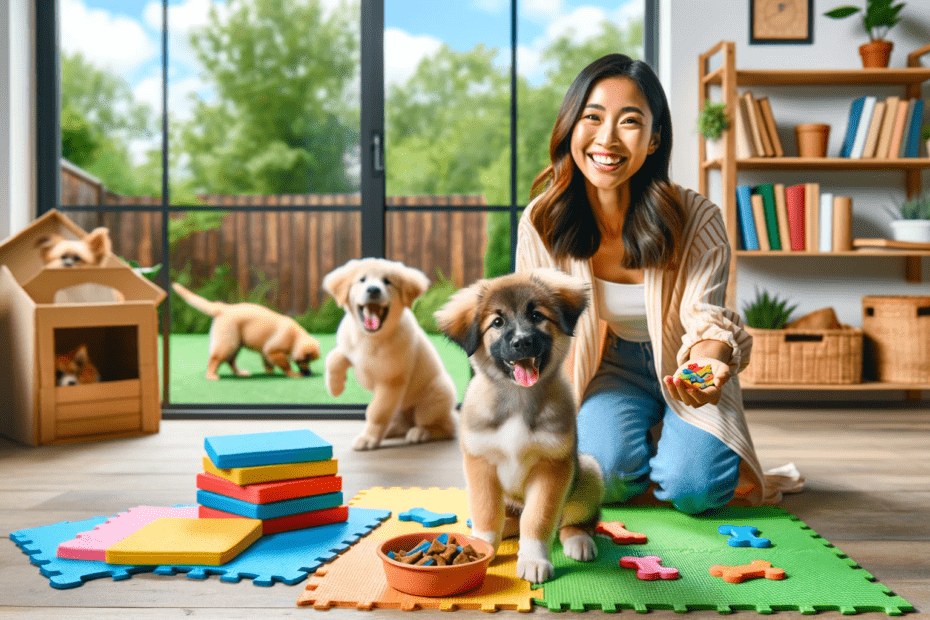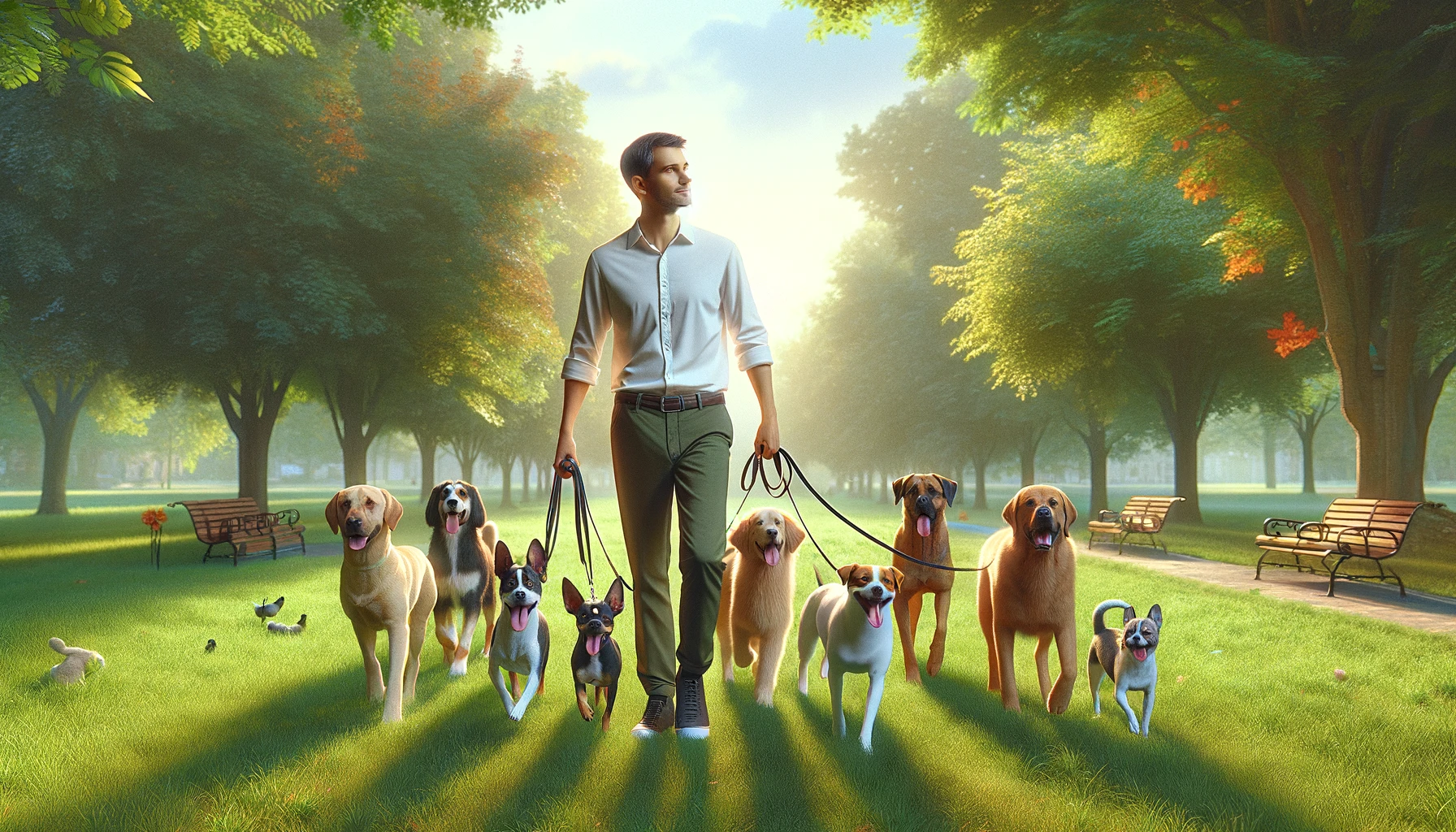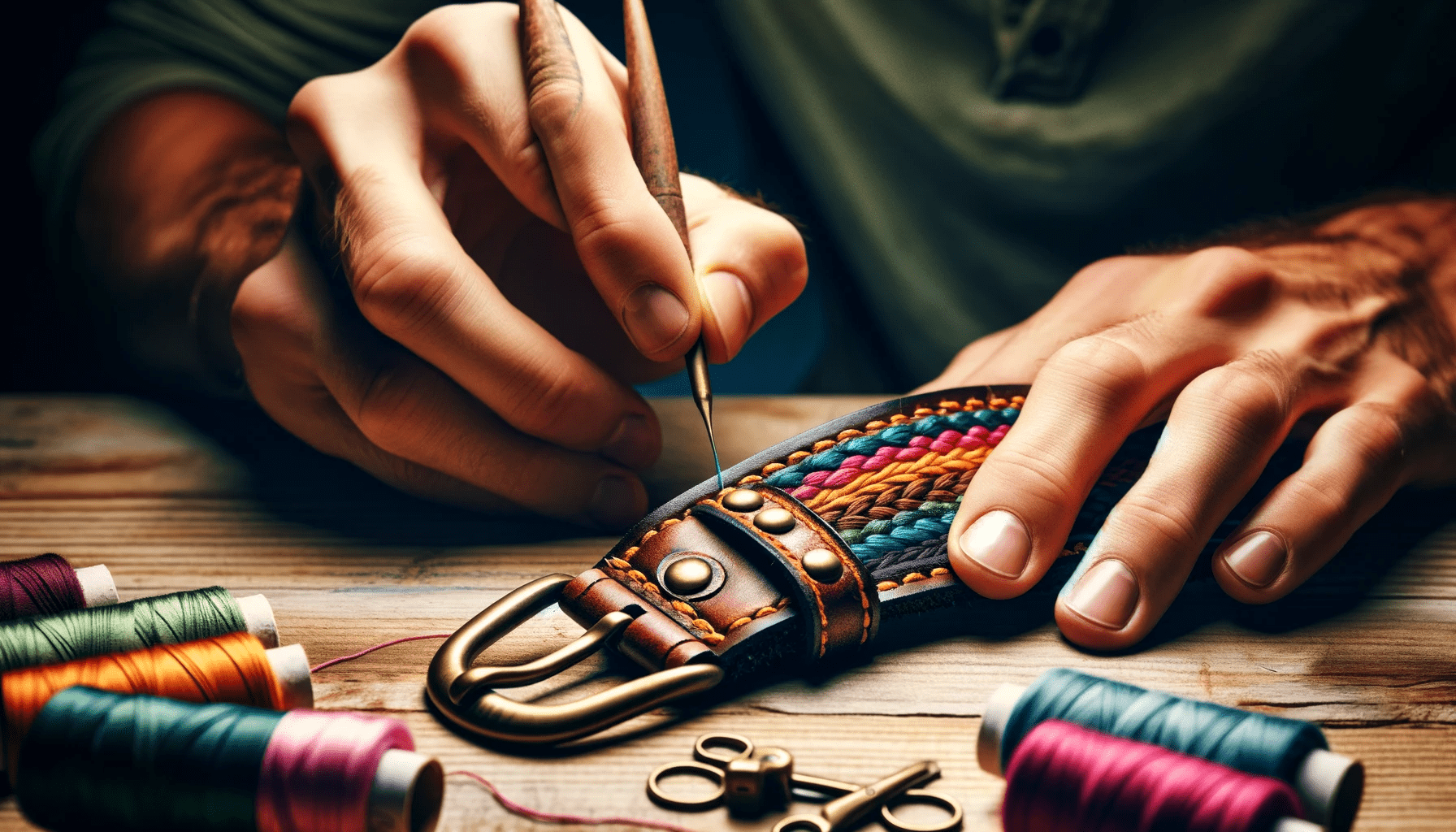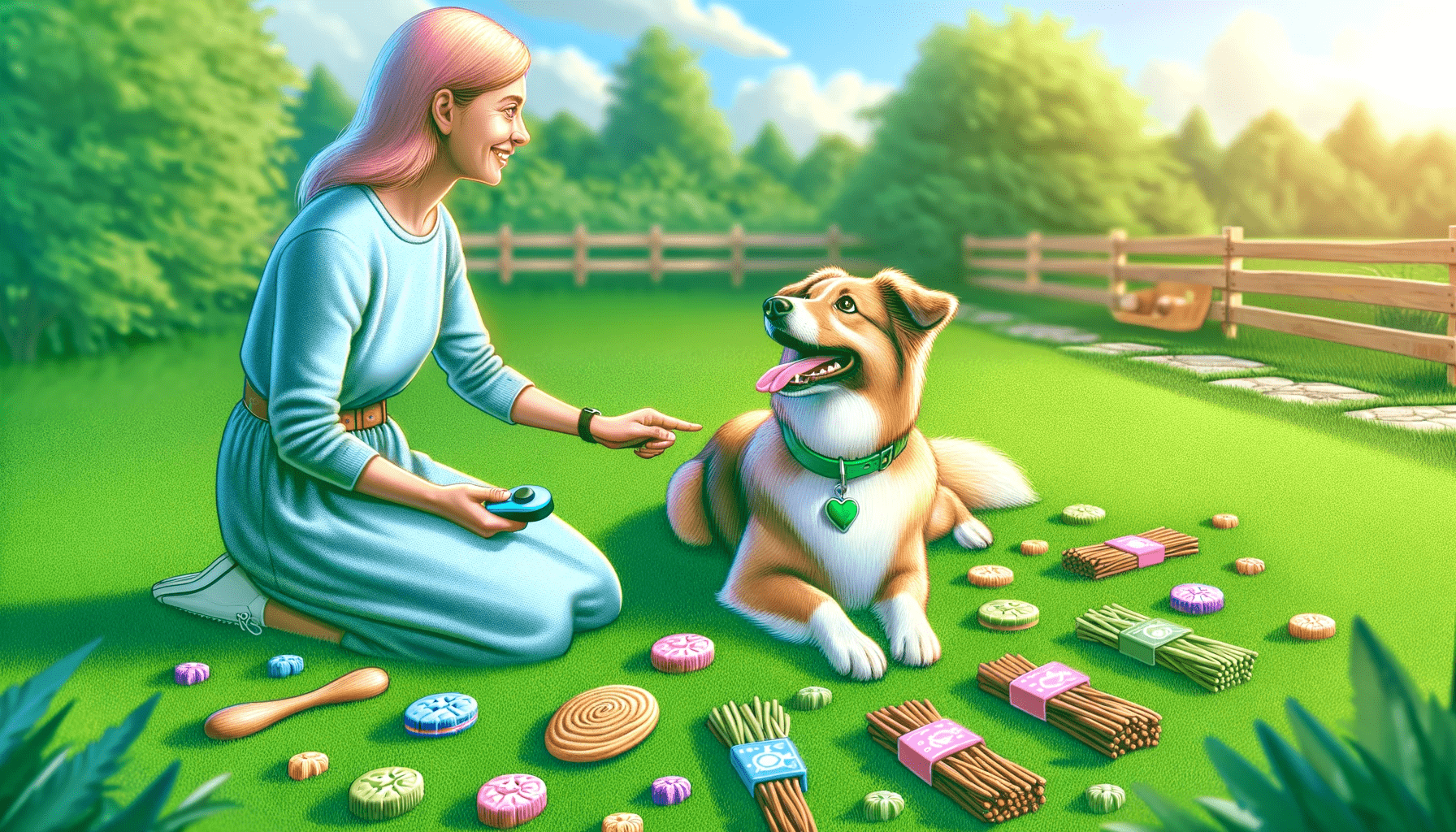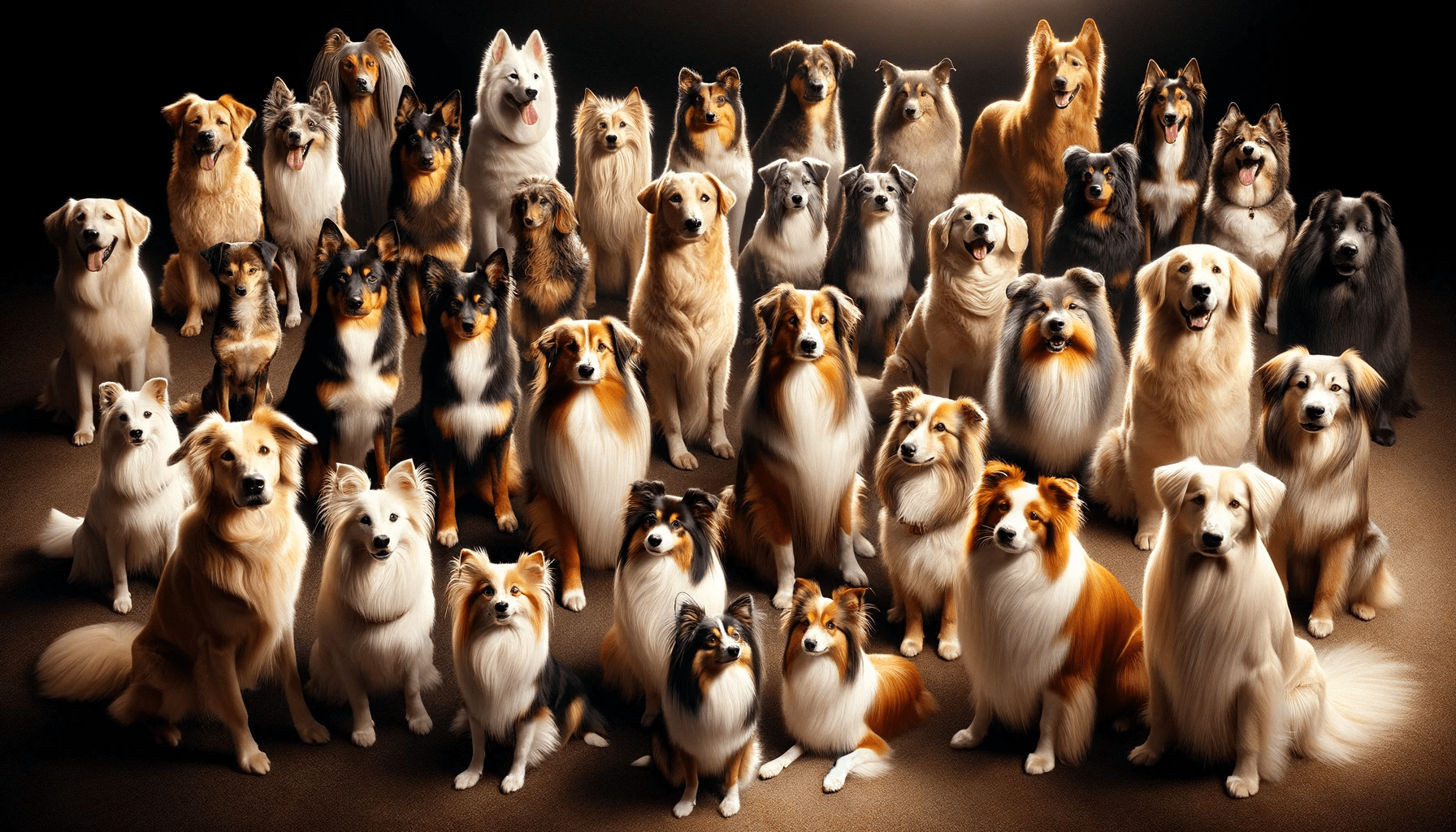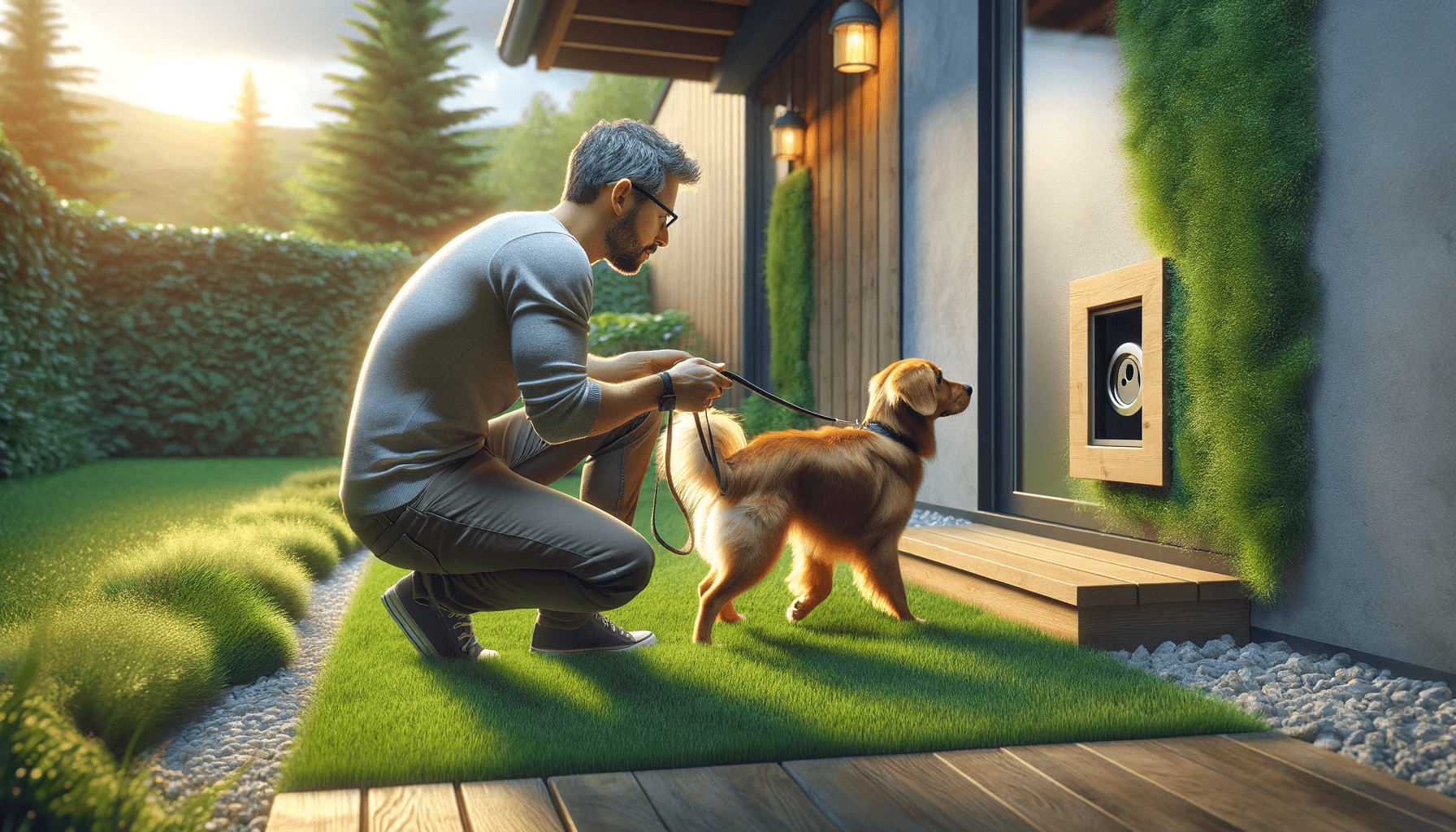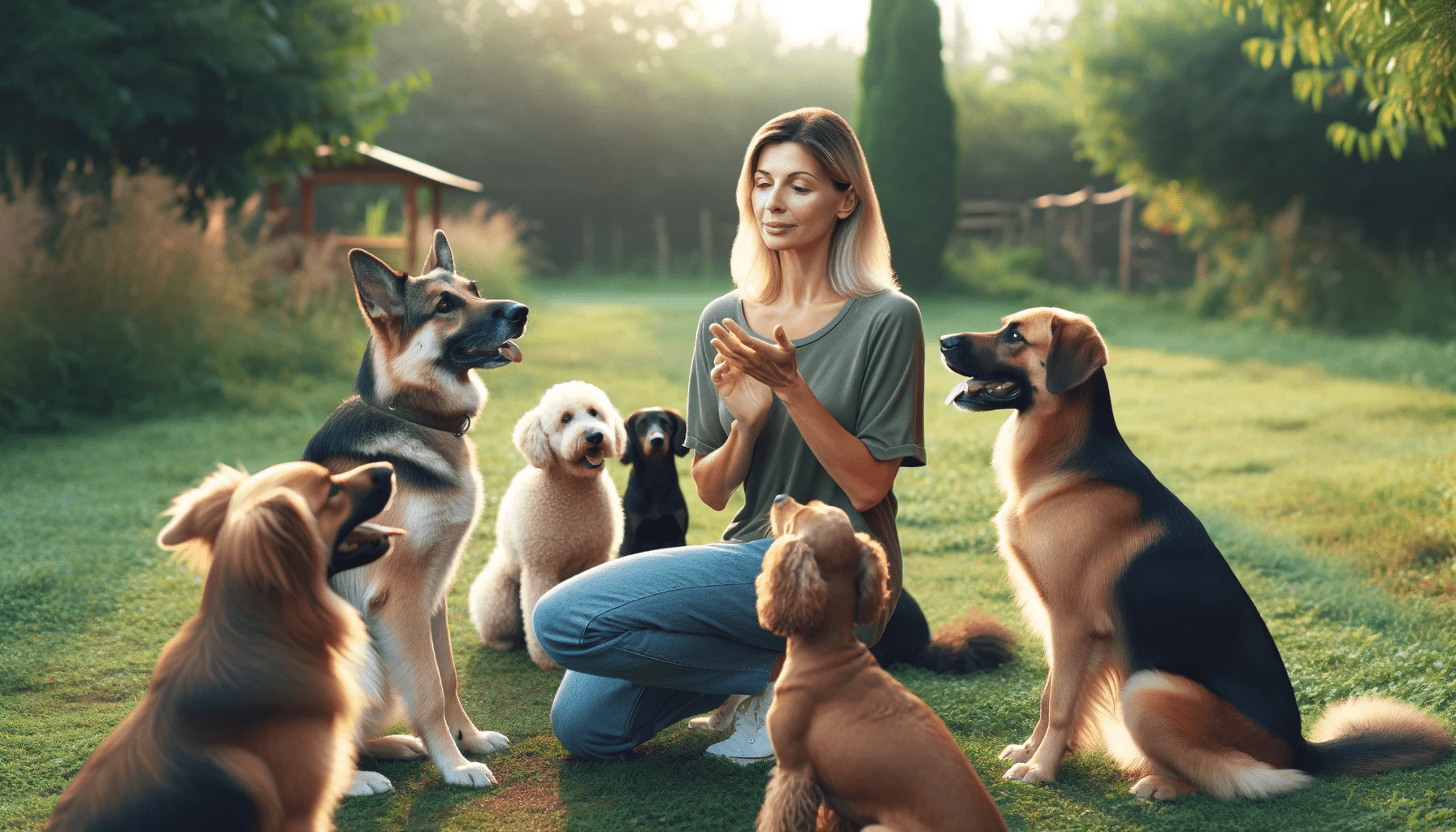Are you struggling to potty train your puppy? Look no further! This expert how-to guide will show you the ropes.
Establishing a routine, choosing the right potty spot, and using positive reinforcement techniques are just a few of the topics covered.
Say goodbye to accidents and hello to gradual freedom and independence for your furry friend.
Let's get started on this potty training journey together!
Key Takeaways
- Establish a consistent routine for taking the puppy outside and using a crate for rest and sleep.
- Choose the right potty spot based on convenience, accessibility, and the puppy's preferences.
- Use positive reinforcement techniques such as clicker training and rewards to reinforce desired potty behavior.
- Deal with accidents promptly, clean them up immediately, and prevent future accidents through close supervision and limiting access to accident-prone areas.
Establishing a Routine
To establish a routine for potty training your puppy, you should start by consistently taking them outside at regular intervals throughout the day. Crate training is an effective method to aid in this process. By using a crate, you provide your puppy with a designated space to rest and sleep, while also preventing accidents inside the house. Place your puppy in the crate when you can't supervise them closely, such as during meal times or when you're away from home. Remember to keep the crate size appropriate, allowing enough room for your puppy to stand, turn around, and lie down comfortably.
Consistency is key when establishing a potty routine. Take your puppy outside first thing in the morning, after meals, after play sessions, and before bedtime. Be patient and give them time to eliminate. If they don't go within a few minutes, bring them back inside, but continue to monitor closely. Praise and reward your puppy when they successfully go potty outside. This positive reinforcement will reinforce the desired behavior.
Choosing the Right Potty Spot
Find a designated area outside where your puppy can go potty. When it comes to choosing the right potty spot for your puppy, there are a few factors to consider.
First, decide whether you want to train your puppy to go potty indoors or outdoors. Indoor potty options include using puppy pads or a designated indoor potty area. Outdoor options include using a specific area in your yard or taking your puppy for walks to find a suitable spot.
When selecting a potty spot, it's important to consider convenience and accessibility. Choose an area that's easily accessible for both you and your puppy, especially during the early stages of training when you need to take them out frequently. Additionally, consider the size of the area and whether it can accommodate your puppy as they grow.
Another factor to consider is the surface of the potty spot. Some puppies may prefer grass, while others may prefer gravel or mulch. Observe your puppy's preferences and choose a spot with a surface that they're comfortable with.
Lastly, consider the proximity to your home. Select a spot that's close enough to easily supervise your puppy, but far enough from high-traffic areas to minimize distractions and accidents.
Positive Reinforcement Techniques
Use treats as a reward for your puppy's desired potty behavior. Positive reinforcement is a highly effective technique for potty training your furry friend. Here are three key strategies to implement:
- Clicker training for effective potty training: A clicker is a small handheld device that makes a distinct clicking sound. Whenever your puppy successfully eliminates in the designated area, immediately click the device to mark the behavior. This helps your puppy associate the click with the desired action, making the training process more efficient.
- Using treats as a reward system for potty training success: When your puppy successfully goes potty in the designated spot, immediately reward them with a small, tasty treat. This positive reinforcement creates a strong association between the desired behavior and the reward, motivating your puppy to repeat the action.
- Consistency and timing: It's crucial to be consistent with your rewards and timing. As soon as your puppy finishes eliminating in the designated area, provide the treat and praise. This instant reward reinforces the connection between the behavior and the reward, increasing the chances of successful potty training.
Dealing With Accidents
If your puppy has an accident inside the house, immediately clean it up using an enzymatic cleaner to effectively eliminate any lingering odors. Accidents happen during the potty training process, and it's important to address them promptly to prevent future accidents in the same spot. Enzymatic cleaners are specifically designed to break down the organic compounds in urine and feces, eliminating the odor at its source. Regular household cleaners may mask the odor temporarily, but puppies have a keen sense of smell and may be drawn back to the same spot.
When cleaning up after an accident, blot the area with paper towels to remove as much moisture as possible. Then, apply the enzymatic cleaner according to the manufacturer's instructions and let it sit for the recommended amount of time. Afterward, blot the area again and allow it to air dry. Be sure to follow the cleaning solution's safety precautions, especially if you have young children or other pets in the house.
In addition to cleaning up accidents, it's crucial to focus on preventing future accidents. Keep a close eye on your puppy and take them outside frequently, especially after meals, naps, and playtime. Establish a consistent potty routine and reward your puppy for going in the appropriate spot. Supervise them closely indoors and use baby gates or crates to limit their access to areas where accidents are more likely to occur.
Gradual Freedom and Independence
As your puppy becomes more reliable with potty training, gradually increase their freedom and independence in the house. This is an important step in their development and helps them build confidence and learn how to navigate different environments. Here are three key ways to introduce more freedom and independence to your puppy:
- Supervised exploration: Allow your puppy to explore different areas of the house under your watchful eye. Start with one room at a time, making sure it's puppy-proofed and safe. Keep a close eye on them to prevent accidents and redirect any inappropriate behavior. This will help them learn boundaries and become familiar with their surroundings.
- Introducing new environments: Take your puppy to new places gradually, starting with quiet and low-stress environments. This could be a friend's house, a park, or a pet-friendly store. Expose them to different sounds, smells, and sights while keeping them on a leash for safety. This will help them become more comfortable in different settings and improve their socialization skills.
- Time alone: Start leaving your puppy alone for short periods of time, gradually increasing the duration. This will help them develop independence and prevent separation anxiety. Make sure to provide them with interactive toys or puzzle feeders to keep them mentally stimulated while you're away.
Frequently Asked Questions
What Should I Do if My Puppy Refuses to Go Potty in the Designated Spot?
If your puppy refuses to go potty in the designated spot, it could be dealing with potty training regression. Consistency is key in potty training, so reinforce the desired behavior and be patient.
How Long Does It Typically Take for a Puppy to Be Fully Potty Trained?
On average, it takes a few months for a puppy to be fully potty trained. However, every dog is different. Be patient and consistent with training. If you notice signs of regression, revisit the training process.
Can I Use Pee Pads or Indoor Grass Patches as an Alternative to Outdoor Potty Training?
Yes, you can use pee pads or indoor grass patches as an alternative to outdoor potty training. They offer convenience and can be helpful for those who don't have easy access to outdoor spaces.
How Do I Prevent My Puppy From Having Accidents While I Am at Work or Away From Home?
To prevent accidents while you're away, try crate training your puppy or confining them to a small, puppy-proofed area. Consider using training alternatives like pee pads or indoor grass patches to provide them with a designated potty area indoors.
Is It Normal for My Puppy to Have Occasional Accidents Even After Being Fully Potty Trained?
It is normal for fully potty trained puppies to have occasional accidents. Causes can include excitement, anxiety, or medical issues. To manage this, provide consistent bathroom breaks, supervise closely, and reinforce positive potty habits.
Conclusion
In conclusion, the key to successful puppy potty training involves several important steps.
Firstly, it is crucial to establish a consistent routine for your puppy. This means taking them outside at regular intervals, such as after meals or naps, and rewarding them when they go potty in the designated spot.
Secondly, selecting the appropriate potty spot is essential. This spot should be easily accessible and away from areas where your puppy eats or sleeps.
Thirdly, implementing positive reinforcement techniques is highly effective in potty training. This can include giving treats or praise when your puppy successfully goes potty outside.
Additionally, addressing accidents promptly is important. If your puppy has an accident indoors, it is necessary to clean it up thoroughly and avoid scolding or punishing them.
Lastly, gradually granting freedom and independence to your puppy is crucial for long-term success. As they become more reliable with their potty training, you can slowly increase their access to different areas of the house.
By following these expert tips, you can ensure a smoother and more effective potty training experience for your new puppy.
